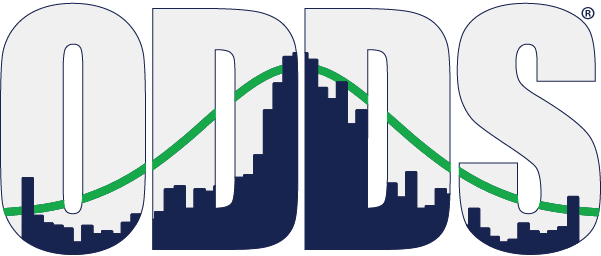Don Fishback has retired… okay, semi-retired.

After 31 years, ODDS Online, which I first programmed in Access shortly after Microsoft launched Windows and where I packed stacks of 3.5 inch floppies into FedEx boxes from my kitchen table, and then as a single DVD that fit into a FedEx envelope, then as a Java program that worked in a web browser, and most recently as a Node.JS application that works on pretty much any platform, ODDS Online is undergoing another major revision. In fact, the changes are so dramatic, “Online” is disappearing from the name. Instead, it will reflect our latest, most innovative analytics into a simple collection of apps.
ODDS will still be there. But it’s going to be even better, with a leap forward in analytics that will help support options trader’s decision-making. In the not-too-distant future, I’ll have more information about the next iteration of ODDS. So keep checking this website, because 2025 is going to be great.